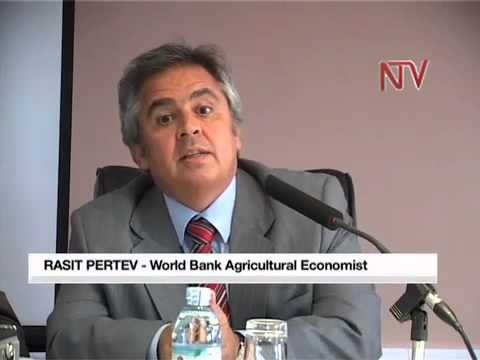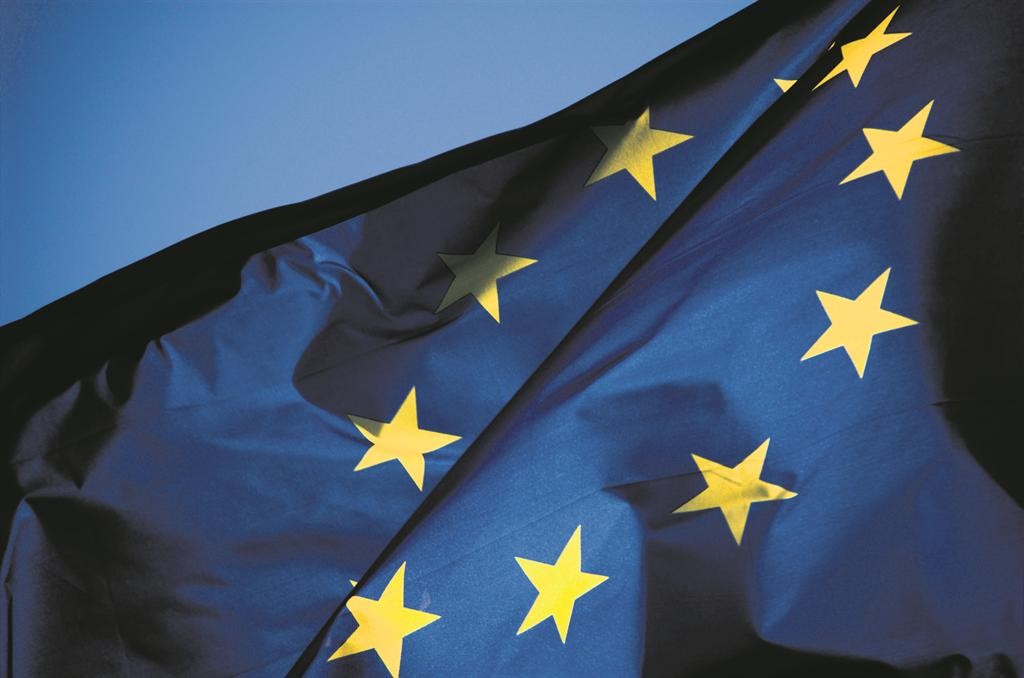EU eyes funds to leverage investment plan
Post on: 12 Июль, 2015 No Comment

Related Articles
Brussels — The European Commission is likely to decide to shift some of its budget into special financial instruments to promote private investment when it meets on Tuesday to agree a plan that can boost EU economic growth, a source familiar with the issue said.
Rather than raising new funding from cash-strapped member states, the focus will be on reworking the EU’s existing budget to spend less on simple grants for investment and put more money into special funds designed to provide high-risk capital for infrastructure projects that can then attract private financing.
Governments struggling to meet EU fiscal policy targets would also benefit, the source said, by not having to count contributions to the EU budget that go to the paid-in capital of special investment funds as part of their annual expenditure.
Commission President Jean-Claude Juncker is due to present the plan to the European Parliament on Wednesday, making good on a pledge he made as the EU’s new chief executive to revive growth through 300bn of investments.
Intended to complement national governments’ reforms and efforts to curb their debts, and accompanying monetary stimulus from the European Central Bank (ECB), Juncker’s plan will be closely scrutinised by investors for indications of how much additional spending will be generated as a result of the Commission’s action.
EU officials have said the bulk of the 300bn will be private investment. Some have said 20bn to 30bn of EU public money could draw in 10 to 15 times that amount from private investors, comforted that the EU funds would absorb the first of any losses incurred on projects.
Juncker’s plan would broadly rely on such mechanisms for leverage, the source said, without giving figures.

The EU’s annual budget is some 140bn a year, within a seven-year framework from 2014 to 2020 worth about 1trn. The Commission is due to present a 2015 budget next month. It is almost entirely funded by member states.
Within the Multiannual Financial Framework, or MFF, the EU last year reinforced an array of what it calls special financial instruments, such as loans, guarantees, equity and other risk-sharing instruments, implemented in coordination with the European Investment Bank and European Investment Fund.
Among their functions is to help small firms overcome difficulties in raising market financing and to draw money into major transport and energy network projects from institutions other than banks, for example, pension funds and insurers.
The MFF also includes special categories of spending for key infrastructure investment, notably the Connecting Europe Facility, under which up to 33.3bn is earmarked out to 2020 for road and rail links among member states, power and gas links and data communications networks which the EU believes would not otherwise be built by relying on market mechanisms.














